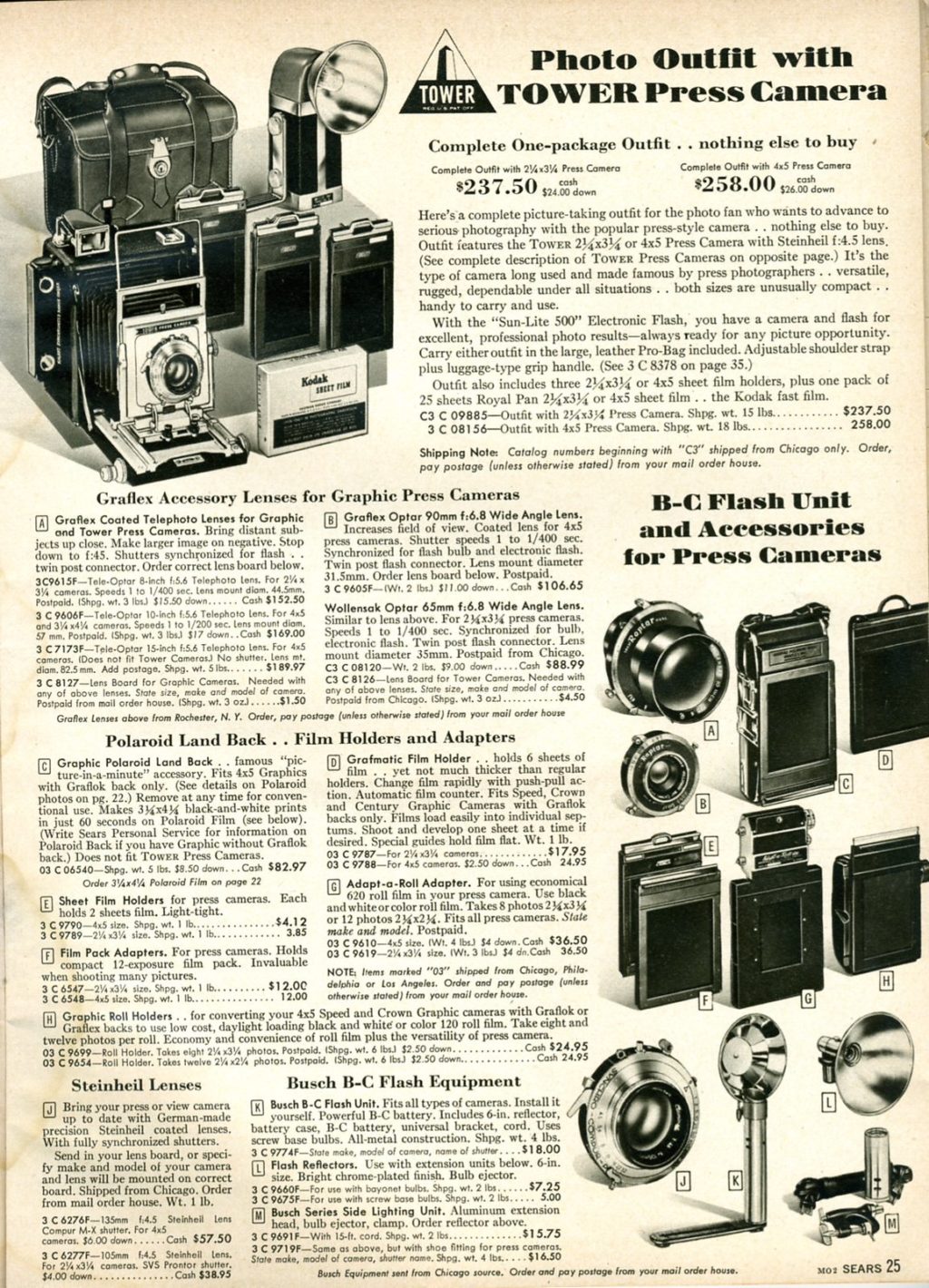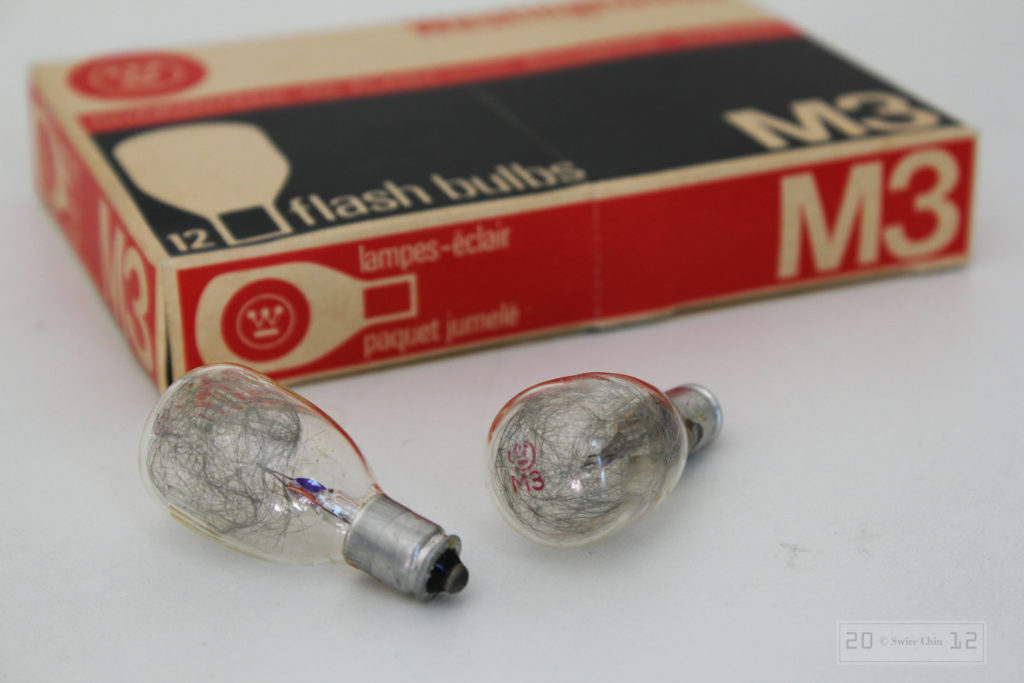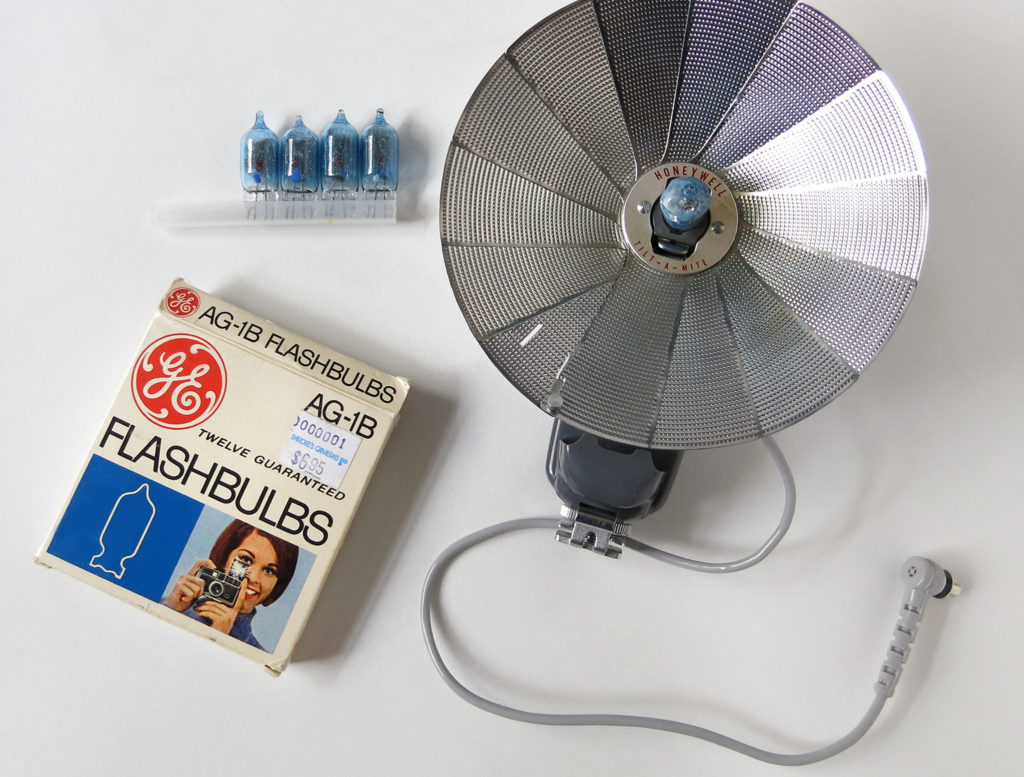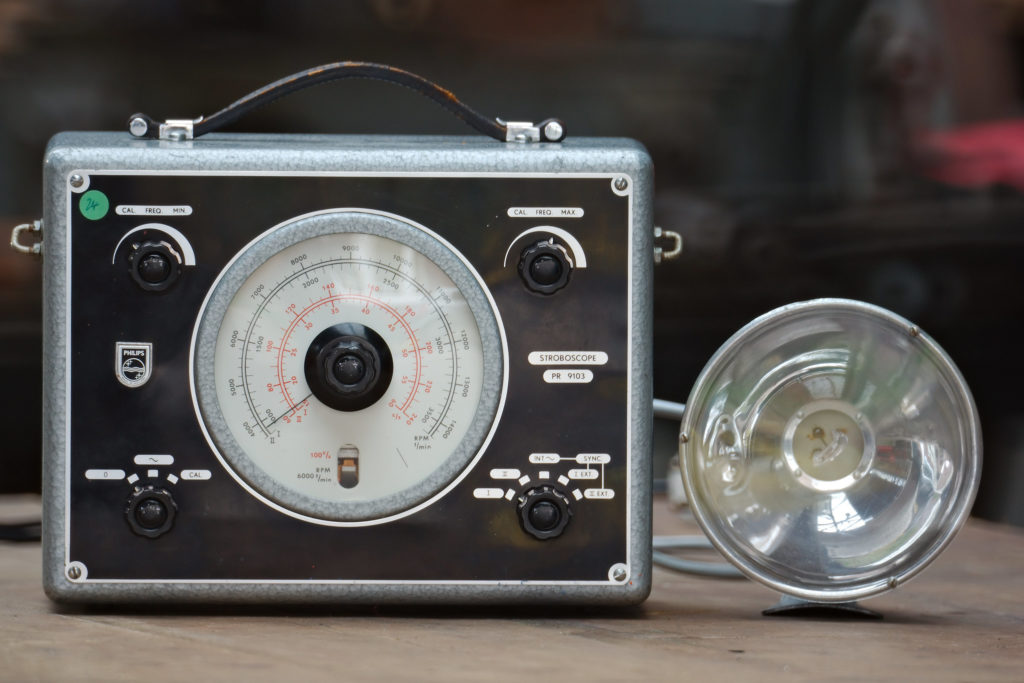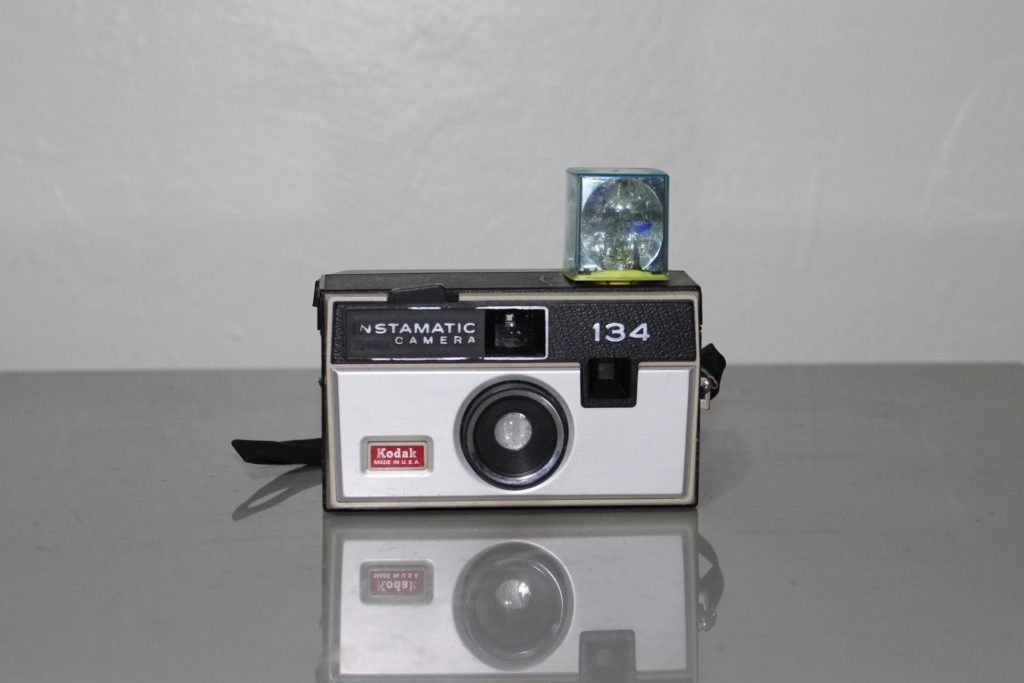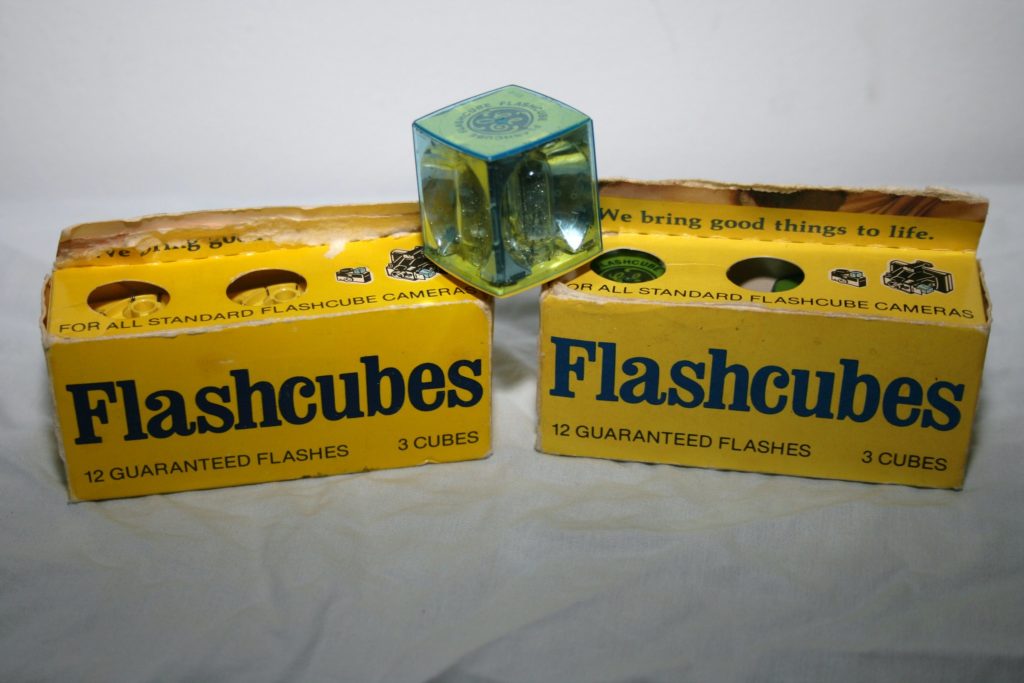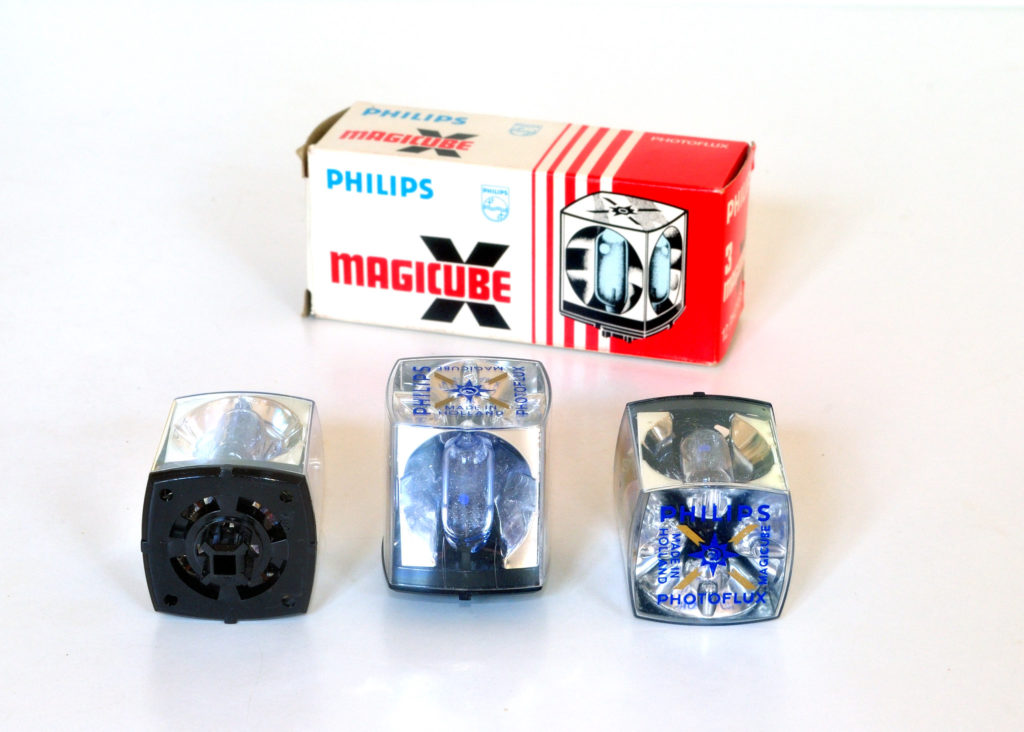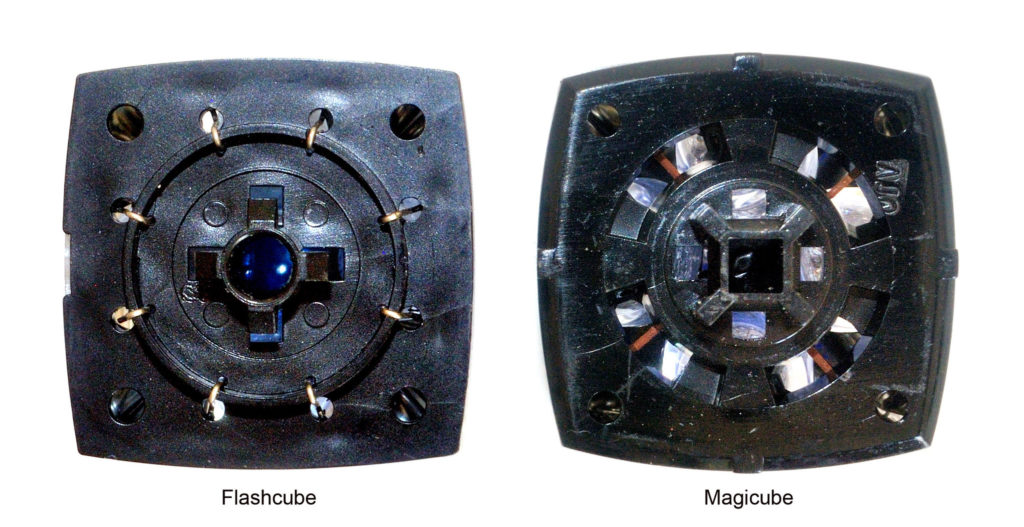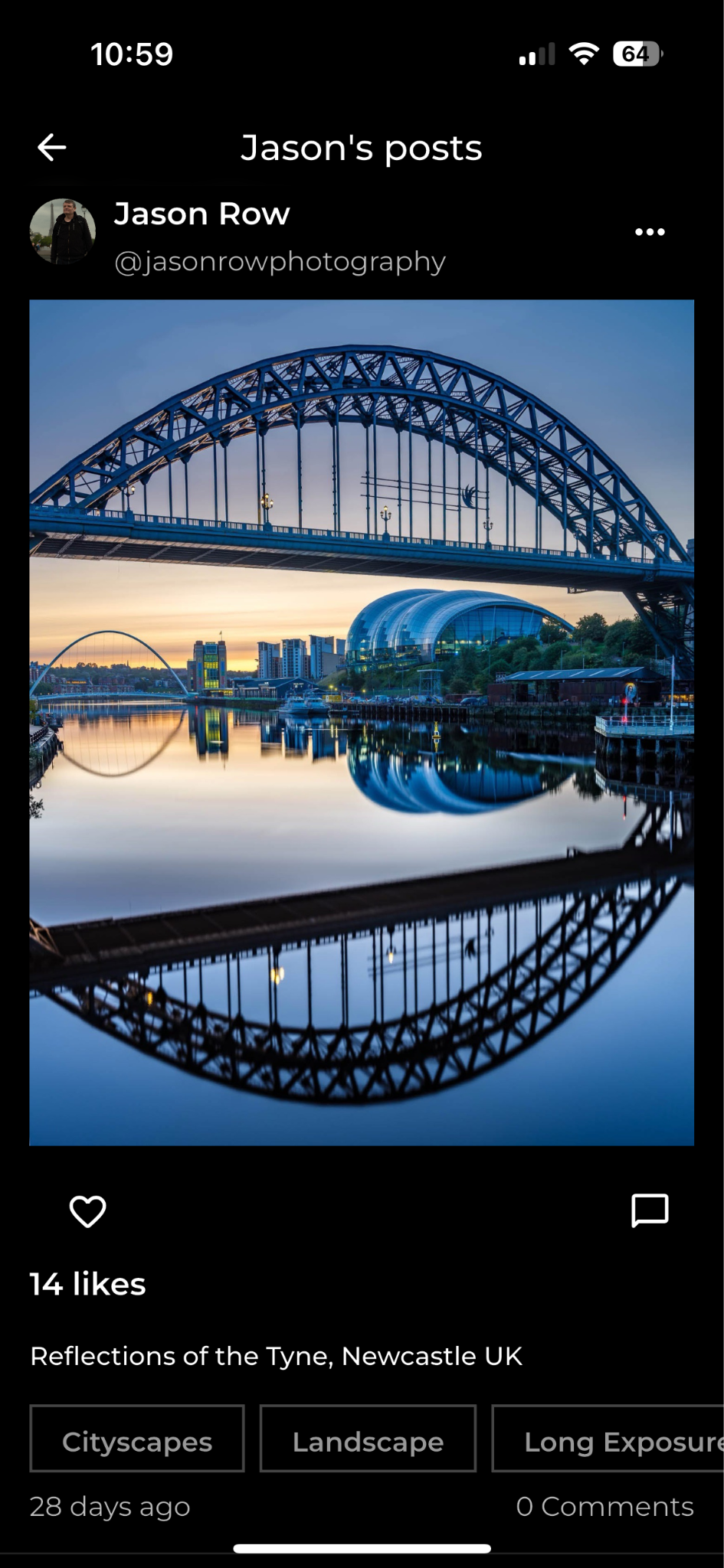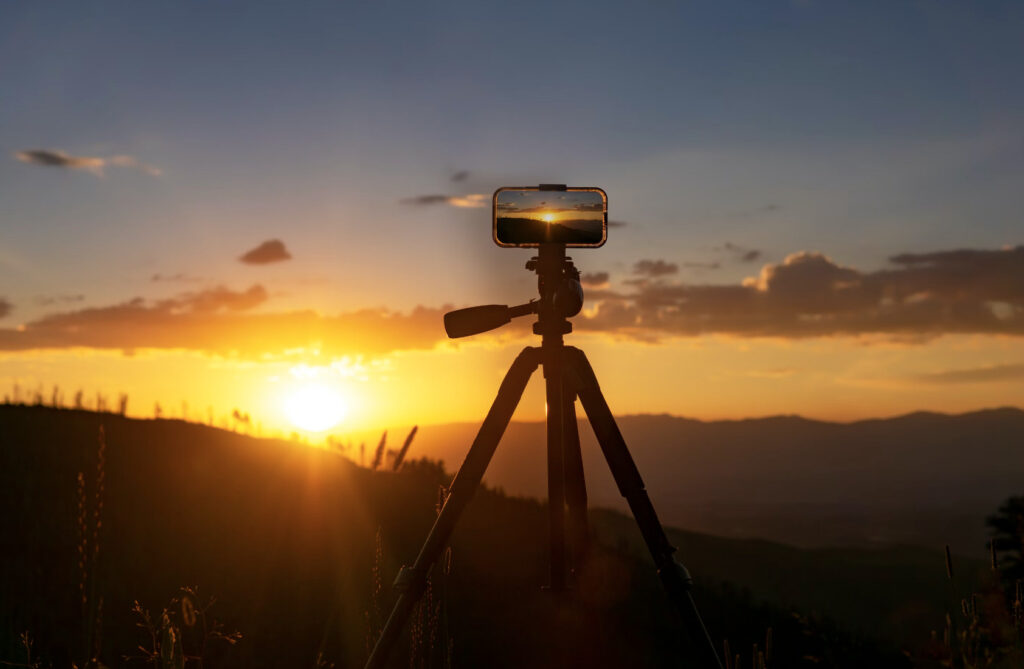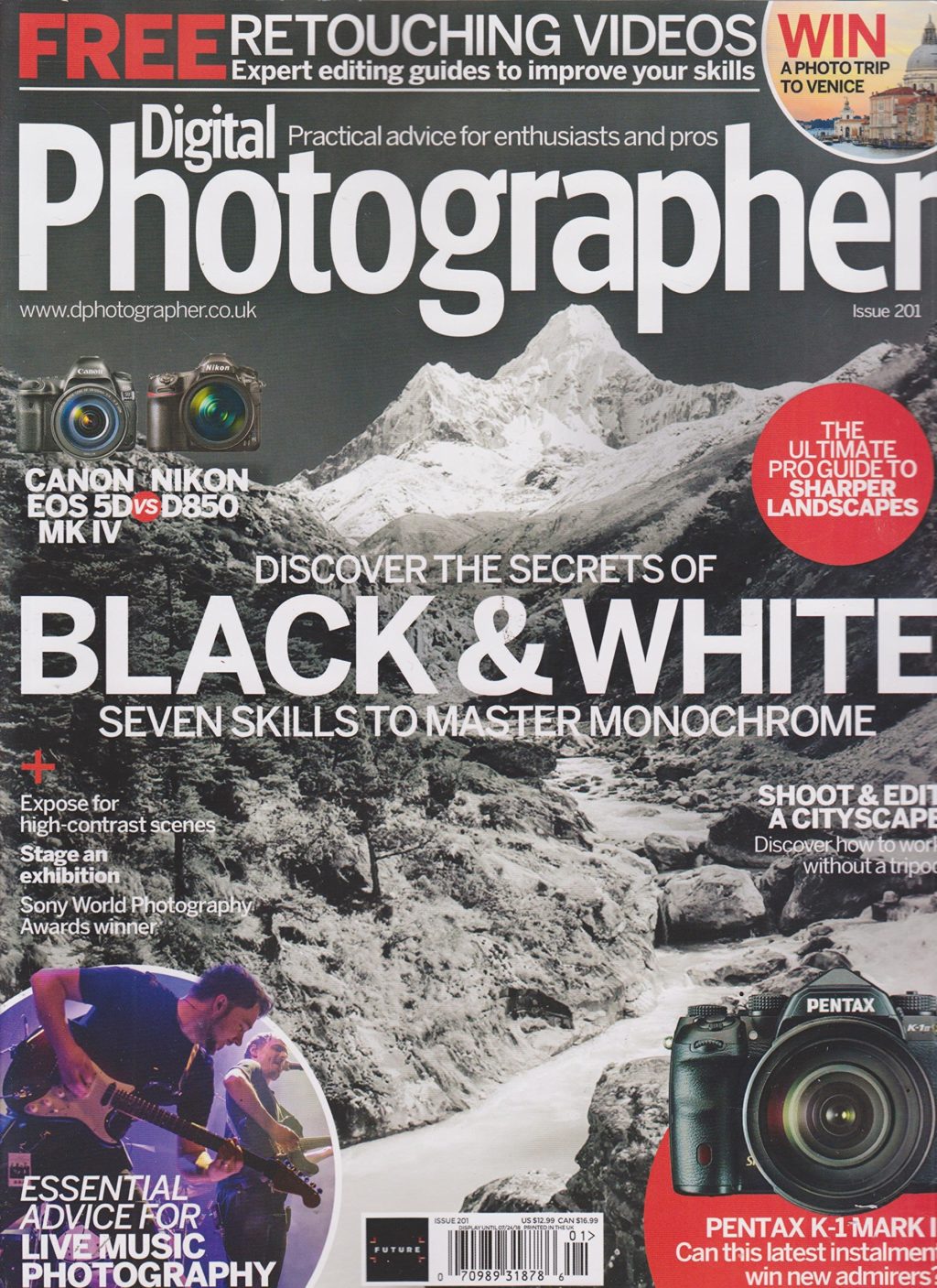Photography has become quite cost effective these days in terms of gear and prints. We no longer have to worry much about flashguns or badly exposed films, which was more of a risky thing during the age of film photography. Flashguns were highly explosive and were discarded after single use. So any shot that you wasted cos you some money – a frame wasted was money wasted.
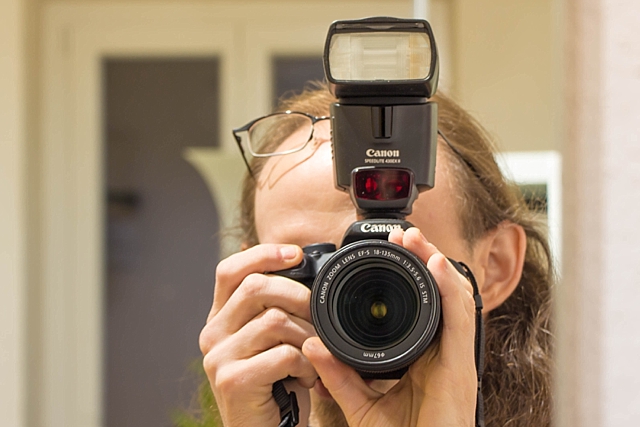
Modern Flash – Image by pexels.com
Taking into consideration things during the evolution of flash in photography, a lot of photographers would not have been able to afford to do photography in that case, because of the cost involved and most of the time even the dangerous outcomes. Taking up photography for any of the reasons, for example being a professional photographer, an enthusiast, or a hobby photographer, has become so affordable and quite easy with a huge range of gear and accessories available based on everyone’s needs and budget.
Besides affordability, the invention of flash in photography has brought about a huge difference in how photography can be done. Bringing our focus to just artificial lighting in those days, many different types of flash were used with both positive and negative outcomes that have led to the invention of convenient and safe electronic flashes that we use today.
In this article, we will have a brief look at the history of flash in photography.
What Is The Use Of Flash Anyway?
We all know that photography is painting with light. So when there is no natural light or very limited light, artificial lights are used to compensate for the unavailable lights.
Flash in photography refers to artificial light that is used to illuminate a dark scene and is not just limited to that purpose. Flash can also be used to fill in light in shadow areas and for creative photography.
A majority of the cameras these days have a flash unit built into them and most of these cameras also support the use of an external flash via the hot shoe. The flash that we use these days are all electronic and these evolved from flashbulbs and other forms of flash from older times.
A percentage of us here would have used a film camera as our first camera or at least at some point tried our hands on shooting analog. Have you ever given a thought as to how photographers during the film age and many decades before, lit their subjects similar to the flashlights or speed lights that we use these days?
Life as a photographer a few decades before wasn’t easy at all and photographers had to carry heavy camera and equipment, slides, developing material, and of course, with considerably longer exposures, photographers had no other choice but to deal with igniting dangerous chemicals or other products to illuminate their subjects in order to reduce the exposure time. The most commonly used materials were magnesium, aluminum, or zirconium.
There were also experiments with flash powder (mixture of magnesium powder and potassium chlorate) which was explosive. This was dangerous both while grinding (during preparation) and when using it. Many photographers have died while preparing or firing it off and many others suffering very serious burns.
Various types of flash were used in the olden days before the electronic flash, which was developed in the late 1950s. Flashbulbs, although could only be used once, still existed many years after this development because the earlier electronic units were expensive and very large.
The history of flash in photography is quite interesting and below is a discussion of how flash evolved from dangerously, life-threatening explosive, and expensive flash units to safe and affordable electronic flash units that we use today.
Here Are Some Types Of Flashes Used In Olden Days:
Flash lamp
A flash lamp can be an electric or a manual one and is a device that can produce brief intense emissions of light that can be used in photography and other applications. We will briefly look at how flash lamps evolved and helped with lighting in photography.
In 1859, research studies on magnesium by Bunsen and Roscoe showed that this metal when burned could produce light with high intensities equal to daylight. Flat magnesium ribbons were produced and attached to a holder while burning.
Note: I guess we all remember the chemistry lab experiment in which a magnesium ribbon is burned using flame from a bunsen burner and as a result, intense heat and bright light are produced. The light is so bright that it can almost blind your eyes. This is why this process was used for flash lamps.
Edward Sonstadt was inspired by this and after applying for patents started the Manchester Magnesium company along with Edward Mellor in 1864. William Mather, an engineer, helped to produce flat magnesium ribbons that were more efficient in burning consistently. The magnesium ribbon along with a holder became the flash lamp at that time.
In 1887, an alternative to the above ribbon came into use – the flash powder, which was introduced as an alternative to the magnesium ribbon, and was a mixture of magnesium powder and potassium chlorate. This was invented by Adolf Miethe and Johannes Gaedicke. The required amount of this powder was put into a pan and ignited, which in turn produced a flash of light. This powder could also be exploded in flashguns.
These methods were quite dangerous as they were explosive and hence led to the loss of lives of many photographers and serious injuries/disfigurement in some cases.
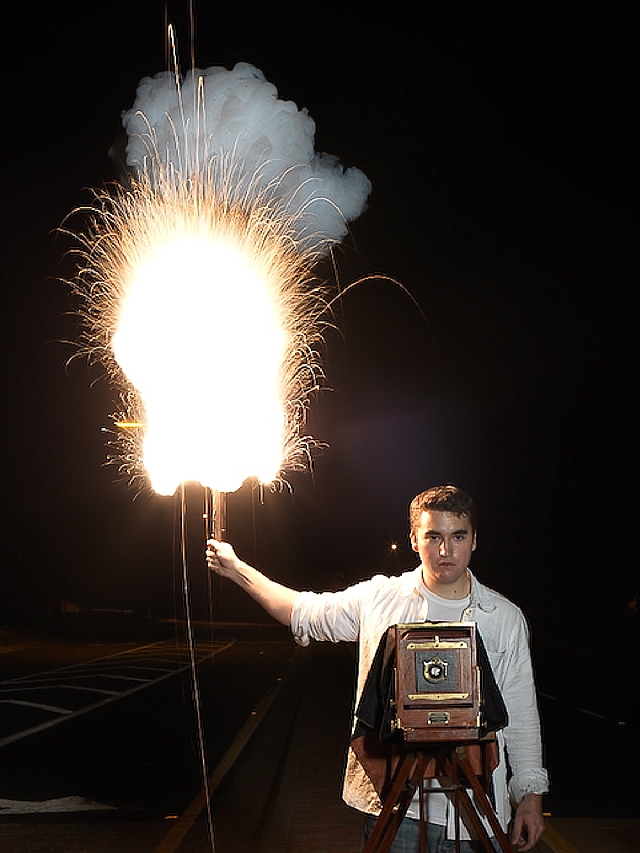
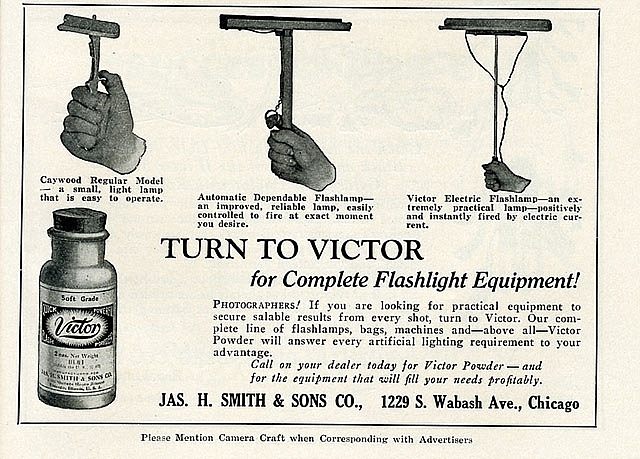
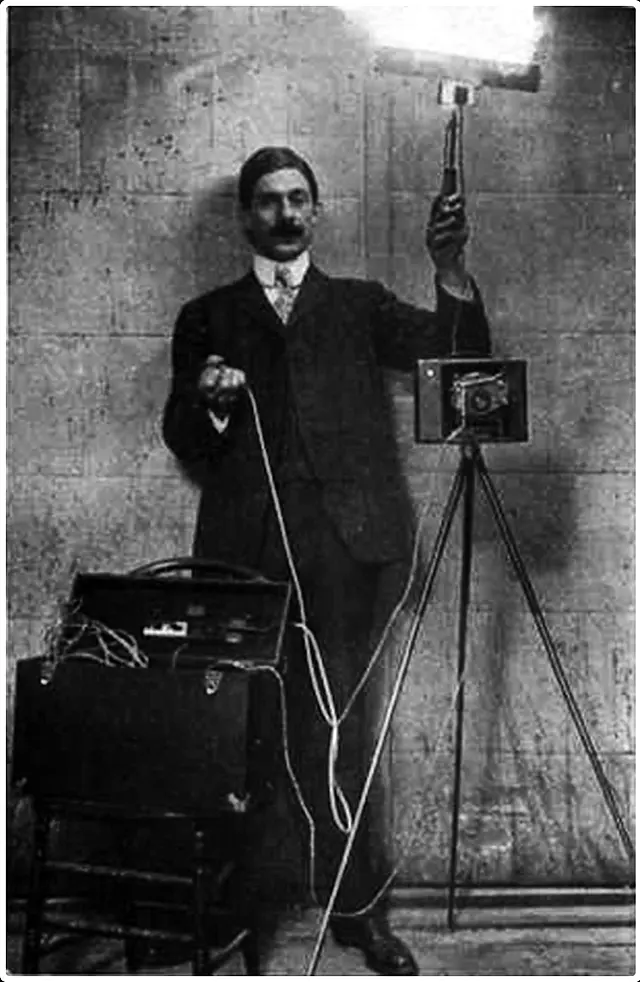
In 1899, Joshua Cowen invented an electric flash lamp that could trigger the flash powder using batteries. The power heated a wire fuse in order to burn the flash powder.
In 1905, a French photographer used a carbon arc lamp to produce flashes of light that were non-explosive, and various other devices were invented till the 1920s and they followed various techniques that were usually harmless or less harmful compared to the earlier explosive methods.
Flash Bulb
Following on from the above methods where magnesium or other elements were burned with the help of oxygen, the first flashbulb was invented. The first known flashbulbs in the 1880s were bottles of oxygen that had white-colored papers that acted as reflectors. Magnesium wires were ignited and dropped into these bottles so they could continue to burn brightly. But this, however, was not an effective method that was practical in photography.
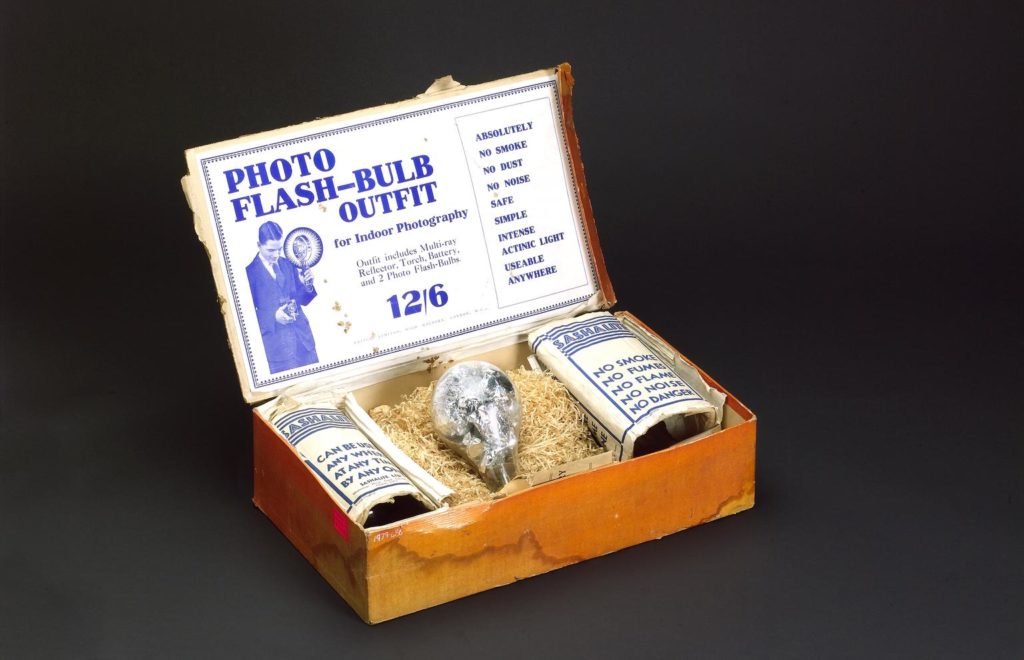
The proper flashbulb for photography was a development of the above method in 1929, where bulbs were filled with oxygen in which aluminum foil or magnesium filaments were burned and these were first commercially produced in Germany. This was for one-time use only and the bulbs were too hot to hold after use or sometimes even exploded but were a better option compared to the above explosive methods.
These bulbs were in the later developments coated with plastic films to hold the glass pieces intact, in case the glass bulbs shattered. Colored films (mostly blue) were used to get the correct or desired color out of the flashbulb and then in the later days, magnesium was replaced by Zirconium for brighter light from the flash.
These bulbs burned for a longer period of time and also took longer to reach full brightness. As a result, a longer shutter speed was used to have the flash in sync. Cameras with flash sync triggered the flashbulb before opening the shutter.
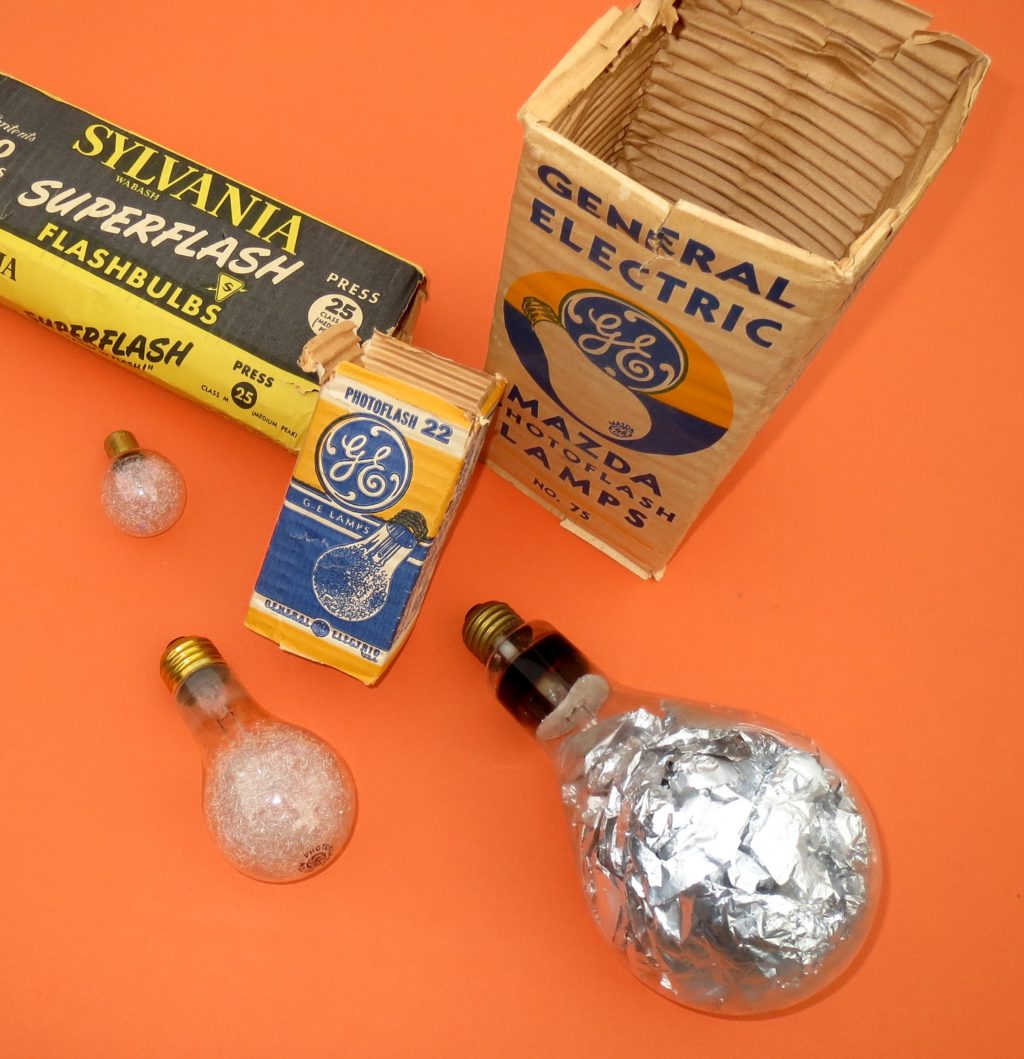
During the 1950s and 60s, the Press 25 was the most popular flashbulb and as the name denotes, was used by the pressmen in a press camera or a TLR camera.
Other flashbulbs that were more common during those days were the M-series and the largest of all the flashbulbs was the GE Mazda 75. These flashbulbs came with a metal base but later the all-glass (AG) bulbs were developed as they were both economical and had faster ignition time.
Some form of the flashbulb was in use until the 1980s. There were also important discoveries and developments in terms of flash synchronization, ring flash, flashcubes, handheld flashguns, etc. Exakta in 1935 had its range of cameras with built-in flash sockets that were activated by the shutter.
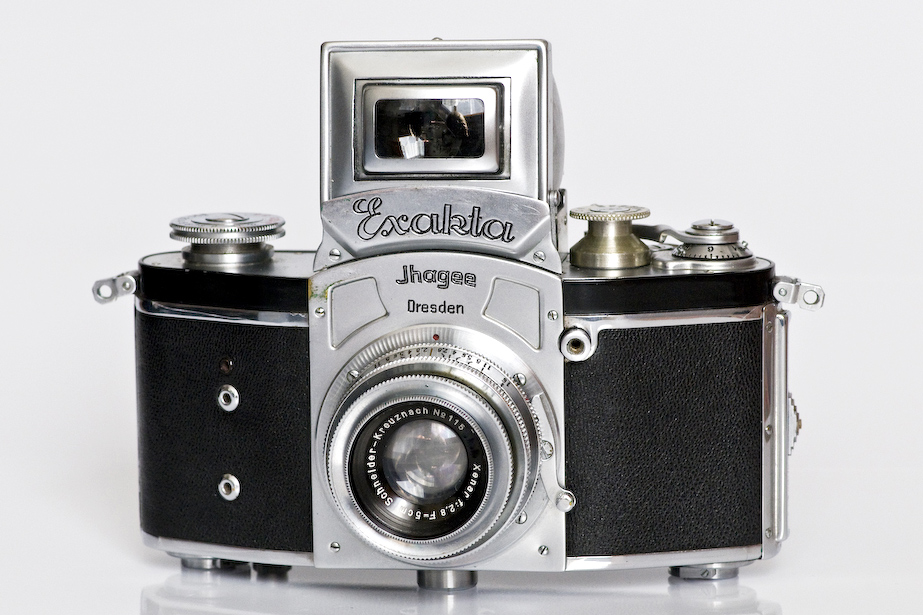
The 1880s was also the time when stroboscopes were invented (although there were previous versions dating several decades back) that allowed capturing pictures in succession. It produced brief flashes of light allowing the study of moving, oscillating, vibrating objects. These were mechanical and the electronic versions were invented in the 1930s which led to the development of the first electronic flash.
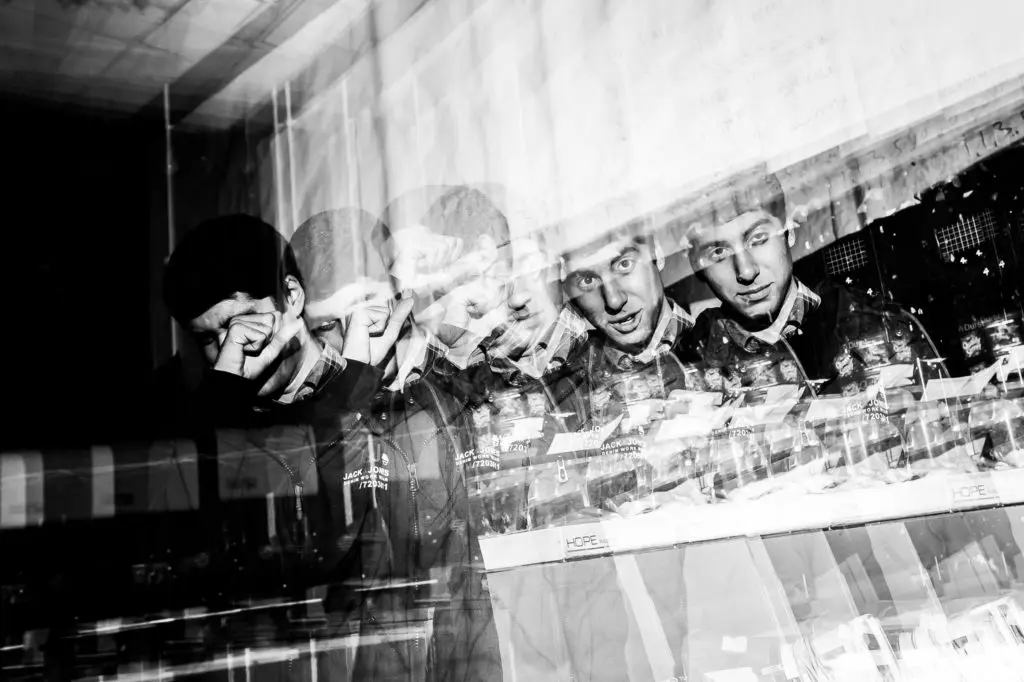
Flashcubes
Then came the compact flashcubes that were developed in the 1960s by Kodak for their Instamatic series of cameras which was an improvement in technology on their earlier Instamatic cameras. Following on from the above processes, the flashbulbs were replaced by flashcubes, however, the process of how they worked remained almost similar.
Flashcubes were also single-use pieces with four flashbulbs on each side of the cube, arranged at 90 degrees to each other on four faces of the cube. Each bulb had its own miniature reflector and the camera had a socket to mount these cubes (very similar to how we have a hot shoe these days). These flashcubes were detonated by a tiny explosive charge that gave rise to a bright flash of light.
This system is connected to the film progress mechanism enabling the flash to rotate along when the film was advanced thereby bringing the next bulb to the front after each flash was fired. The cubes required electrical power to get fired and they took power from the batteries.
How Do Flashcubes Work?
If you are interested in knowing how these flashcubes worked, keep reading. The flashcubes were connected to the top of the camera through a shaft linked to film advance, that turned the flashcube to a new position after each picture was taken. This also provided the electrical connection for the shutter release from the battery inside the camera.
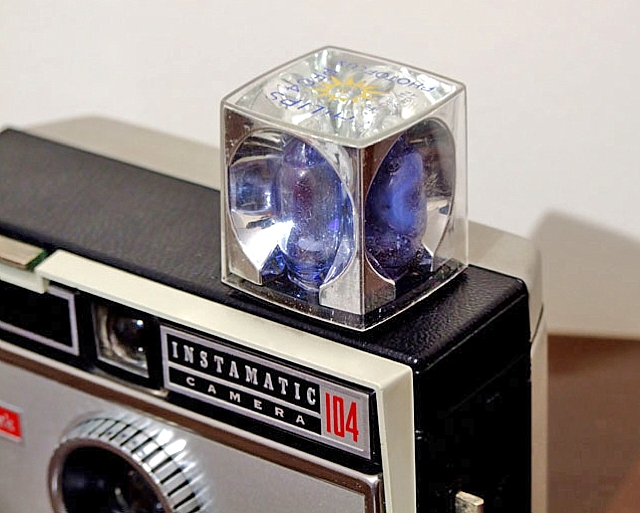
The flash cube had a rotating collar that fit into the camera socket and a locking pin kept the flashcube in place.
Each flashbulb in a flashcube was filled with a combustible material like zirconium wool that was sealed under high pressure and its base had a powder-filled primer cap. When the shutter was released, a tiny hammer linked to the shutter release mechanism was actuated that struck the base of the bulb setting off the charge in the primer. The percussive primer in turn fired a flash charge that ignited the combustible mixture in the flashbulb producing a flash of very high intensity.
For each exposure, the flash would fire and rotate 90 degrees when the film advance lever was rotated to bring a fresh bulb. This way one could take four images using one flashcube. Once all four exposures were complete, the cube had to be discarded and replaced with a new one.
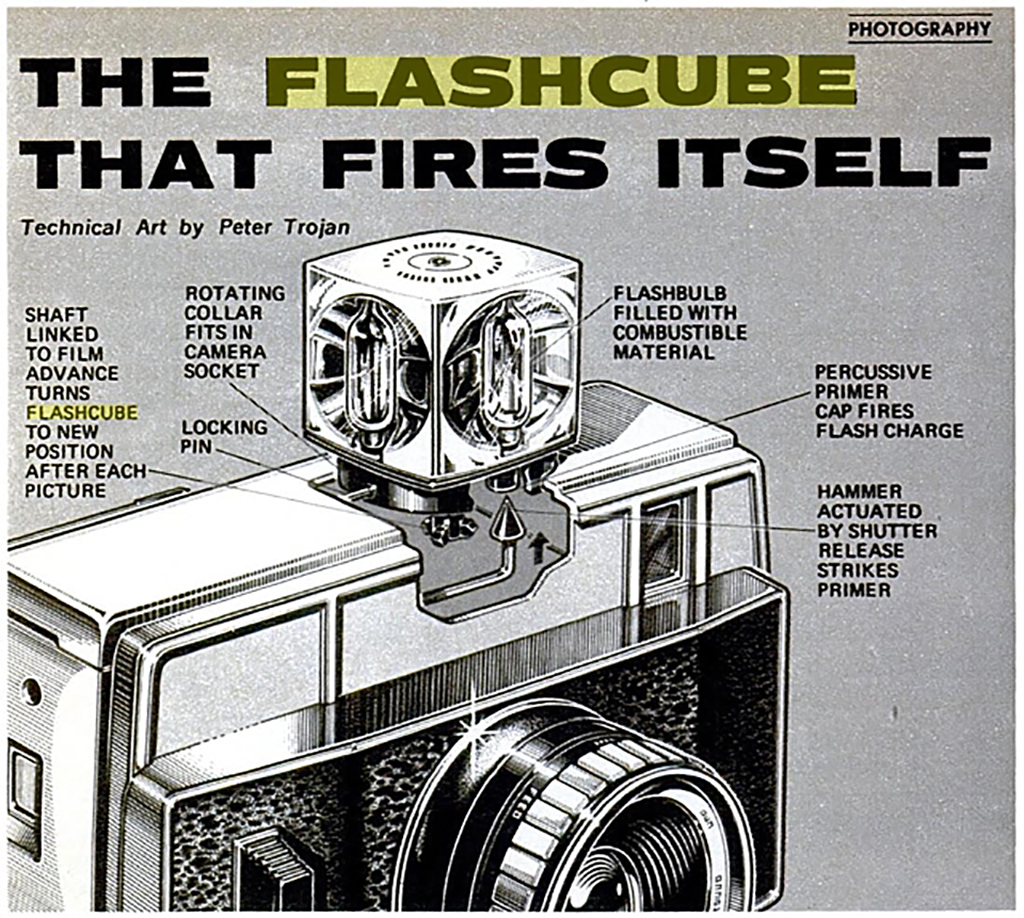
Magicubes Or X-cubes
The flashcubes were later replaced by the Magicubes in the 1970s, which were also called the X-cubes, and were an improved version of the flashcubes but looked very identical to them, except the socket part. These did not require electrical power but were fired mechanically.
The flash in this contained shredded zirconium foil. In order to fire the flash, a pin in the cube mount released a spring wire into the cube that struck a pin at the base of the bulb that contained fulminate ions or fulminating material. Due to friction caused, they caused a small fire which in turn ignited the zirconium that worked as a flash.
Note: If you need to know what fulminate ions are, to be short and easy to understand, they are unstable ions and their salts are friction sensitive explosives.
The flash can also be simply fired by inserting a thin pin into one of the slots at the bottom of the cube.
Flashcubes and Magicubes are not the same but are different and have different sockets. Flashcube has a round socket hole whereas the magicube has a protruding slightly bigger square socket marked with an X.
After the introduction of these cubes, various other manufacturers introduced different types of flashes like a flash bar, flip flash that provided more flashes compared to only four in Magicube and flashcube.
Flipflash And Flashbar
The flipflash was an advancement from the flashcubes in the 1970s and had about 8 or 10 flashbulbs in a cartridge that did not have to be replaced after firing four shots. The bulbs were arranged in two arrays and when one set or half was used up, the flash unit had to be flipped over to use the remaining bulbs and hence the name.
In a flipflash, the flashbulbs in the cartridge would fire successively after each shot. A thermal switch activated each bulb in succession and the switch operated using the thermal energy (piezoelectric effect) from the previously fired flashbulb. The flipflash was first manufactured by General Electric and later other companies like Polaroid, Sylvania, Philips, manufactured their own versions.
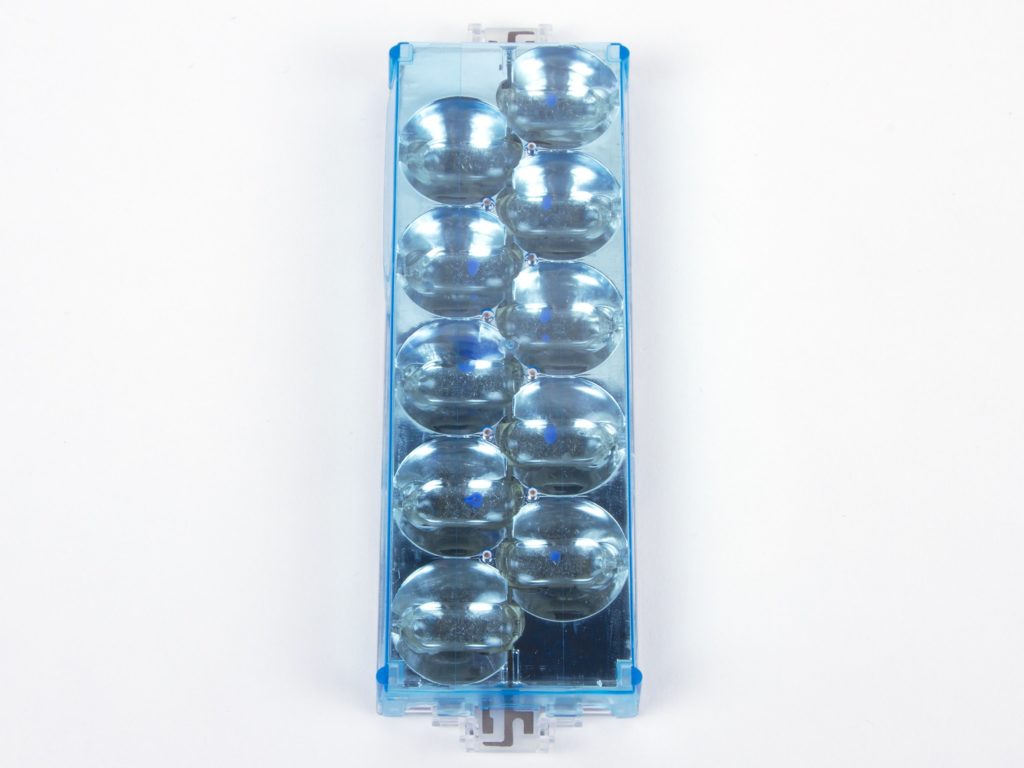
Note: Piezoelectric effect is the ability of certain materials to generate electricity when mechanical stress is applied to them. This is because the compression due to the stress displaces ions.
The Flashbar was also very similar to the flipflash but had to be turned around instead of flipping over when one of the arrays was used up. There was also a difference in the way these bulbs were activated.
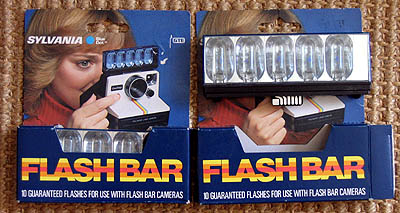
Flashes Used In Recent Years
So much had happened in the world of flash and finally, the first electronic flash came into use that became popular and is still the desired one by photographers around the world.
Electronic Flash
With so many innovations and forms the flash had taken, a few decades after the invention of the first flashbulb, the electronic flash tube was invented by the famous Harold Edgerton who is known to have frozen time through his photography. Thanks to no more explosions and disposing of flashbulbs which were all quite dangerous, expensive, and could only be used once. These electronic flash units could be attached to a camera and a flash tube in the system released bright light when the shutter was released.
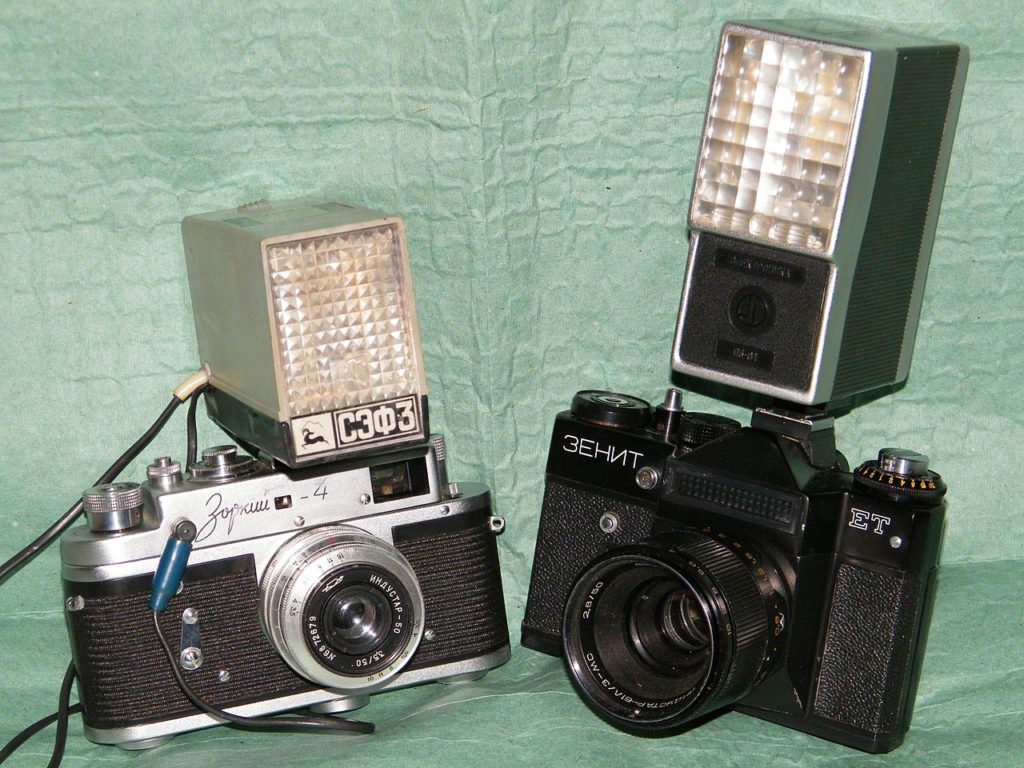
Edgerton used bulbs filled with gases like mercury, where the molecules would get excited with the help of electricity, producing a bright flash of light that lasted for a tiny fraction of a second. A photoflash capacitor was used to store a large amount of energy, that was released to power the xenon bulb, that provided the light necessary for flash photography.
This electronic flash could be used again and again as it would recharge with the help of a battery which was a great thing compared to the one-time use of flashbulbs. Using this flash, movements as fast as a bullet could be frozen and these concepts are still used in designing the flashes we use today.
The mercury vapour was later replaced by xenon so compact lamps could be made and these lamps are still used in flashes today.
Note: Edgerton is known for his iconic images of the bullet through an apple and many more that he captured using analogue cameras and his electronic flash. He was asked by the army on the eve of World War II to build a strobe for night time aerial photography.
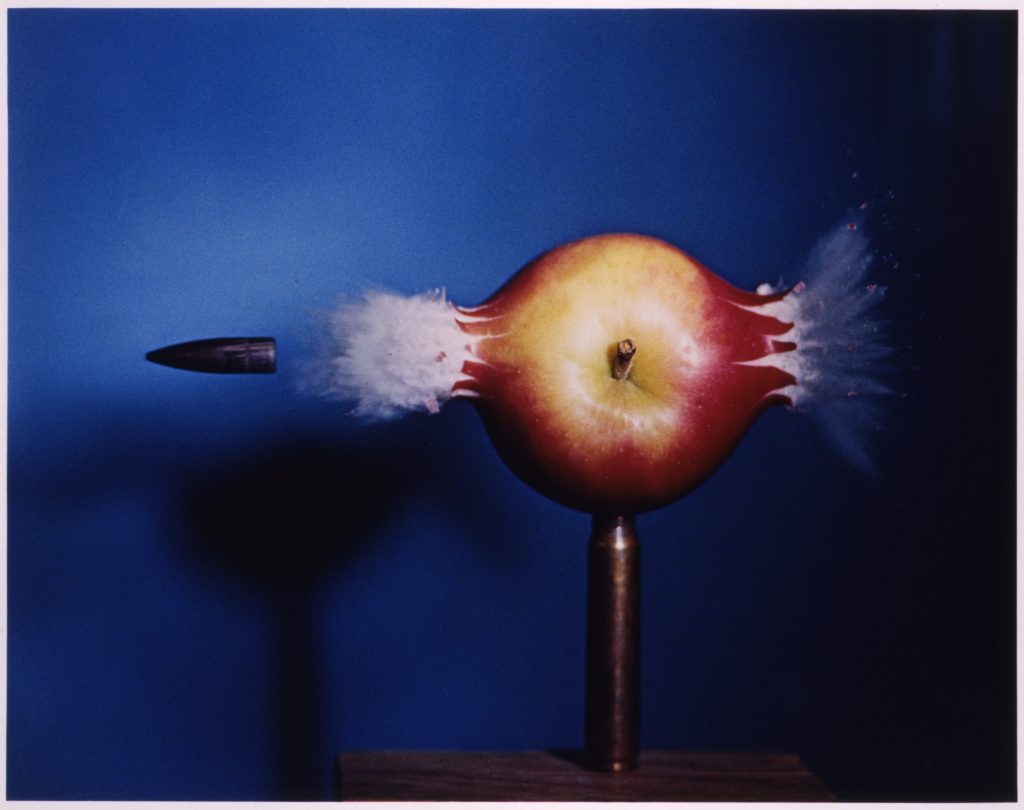
LED Flash
With so much advancement in technology and devices, in recent years, smartphones have replaced cameras in many peoples’ lives. There are many photographers who only use a smartphone for photography and with the various lighting modes, camera modes, a flash would just complete the basic requirements of a camera in a phone.
During the 2000s when phone cameras were getting popular, flash was also introduced in phone cameras and these were the LED flash (although a few phones came with a xenon flash) that could make flash photography possible in even a phone camera. These operate on very low voltage and although they are not so powerful as the xenon flashes, they are efficient and can be used as a source of light when shooting stills and videos in low light conditions using a smartphone.
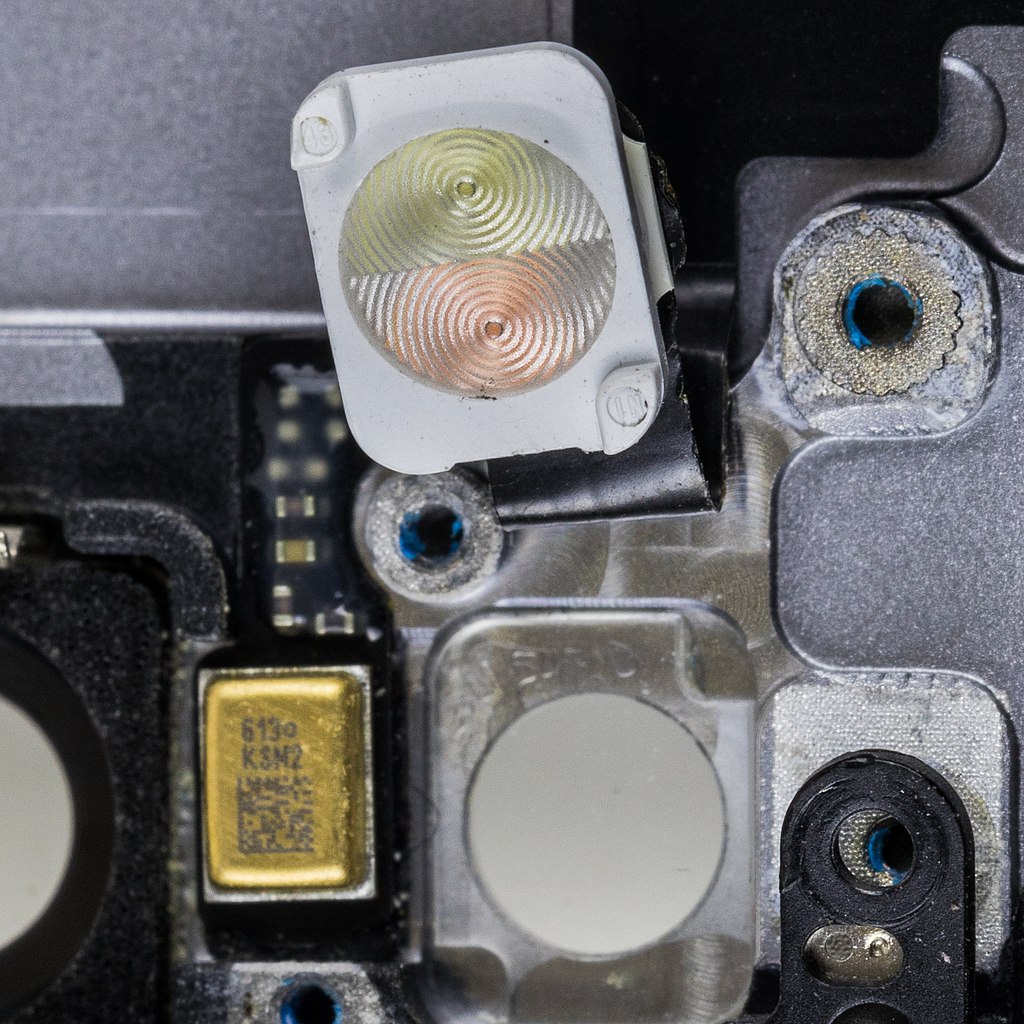
Today we have highly advanced electronic flash or flashgun for use within the studio and on the go when shooting outdoors. Wireless flashes can also be used away from the camera and remotely synchronized. There are also high-speed flashes that are a great advantage in the field of photography. The invention of electronic flashes has not only helped professional photographers but anyone who requires the use of flash for photography.
Have you used one or more of the older forms of flashes that were in use before the electronic flash became popular? Share your experiences in the comments section below as we would love to know!
Further Resources:
- A Brief History of the Flash in Photography (Isn’t It Nice Not to Die From Them Anymore?)
- Photography Flashback: Do You Remember Flashcubes?
- A Step By Step Guide To Your First Flash Photograph
- Flash Photography ~ History & ILFORD Flashguns
- A Brief History of Photographic Flash
- A brief history of the flash from the explosive powder to LEDs

